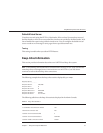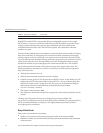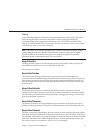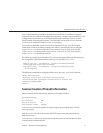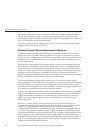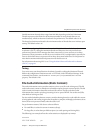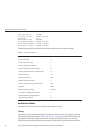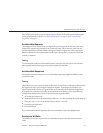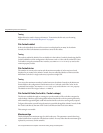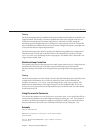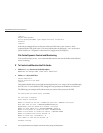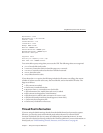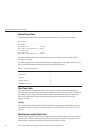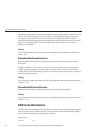
File Cache Entries number, you can improve the accelerator cache utilization by following the
tuning information described in “Acceleratable Requests” on page 61 and “Acceleratable
Responses” on page 61.
Acceleratable Requests
The number of client requests that were eligible for processing by the accelerator cache. Only
simple GET requests are processed by the accelerator cache. The accelerator cache does not
process requests that explicitly disable caching, for example, requests sent when a user clicks
Reload in the browser and requests that include a query string, that is, requests for URLs that
include a ? character.
Tuning
To maximize the number of acceleratable requests, structure your web sites to use static les
when possible and avoid using query strings in requests for static les.
Acceleratable Responses
The number of times the response to an acceleratable request was eligible for addition to the
accelerator cache.
Tuning
When the server serves a static le from the le cache, the accelerator cache may be able to cache
the response for faster processing on subsequent requests. To maximize performance, you
should maximize the number of responses that are acceleratable. In the default conguration,
all responses to requests for static les can be cached in the accelerator cache. The following
conguration changes may prevent a response from being acceleratable:
■
ACLs that deny read access
■
Additional directives in the default object of the obj.conf le, including third party plug-ins
■
Using <Client> or <If> in the default object of the obj.conf le
■
Custom access log formats
■
Java Servlet lters
To maximize the number of responses that are acceleratable, avoid such congurations.
Accelerator Hit Ratio
The number of times the response for an acceleratable request was found in the accelerator
cache.
UsingMonitoringDatatoTuneYour Server
Chapter2 • TuningSunJavaSystemWebServer 61



